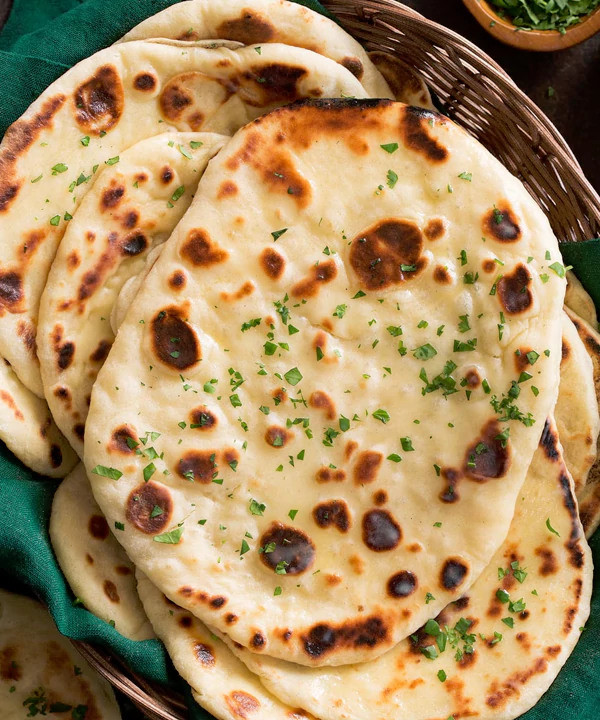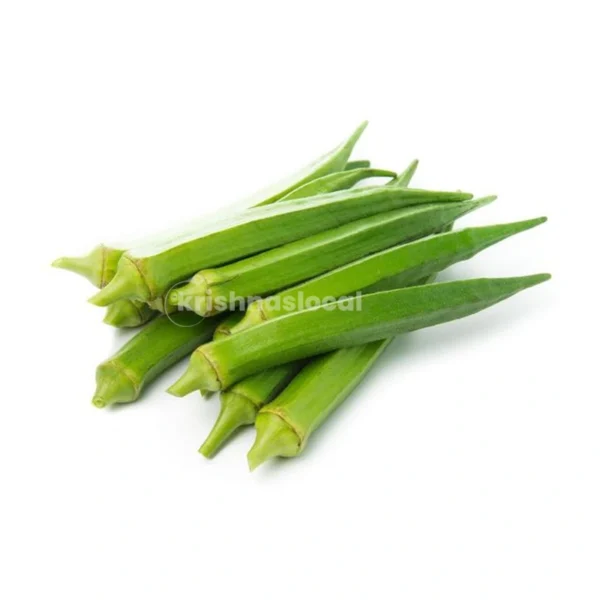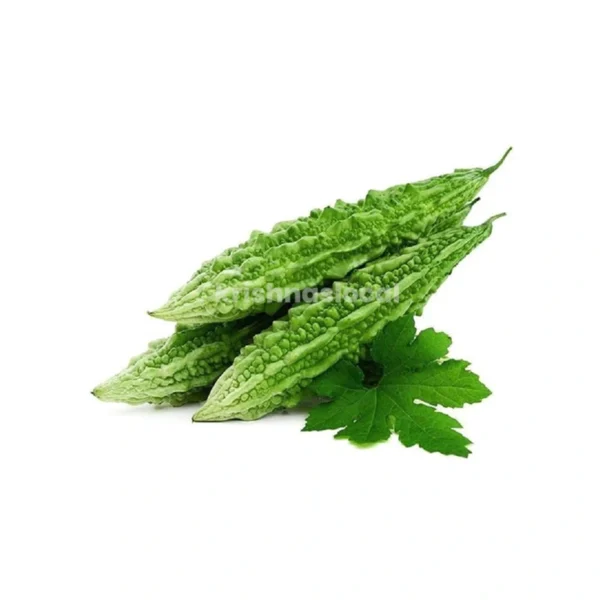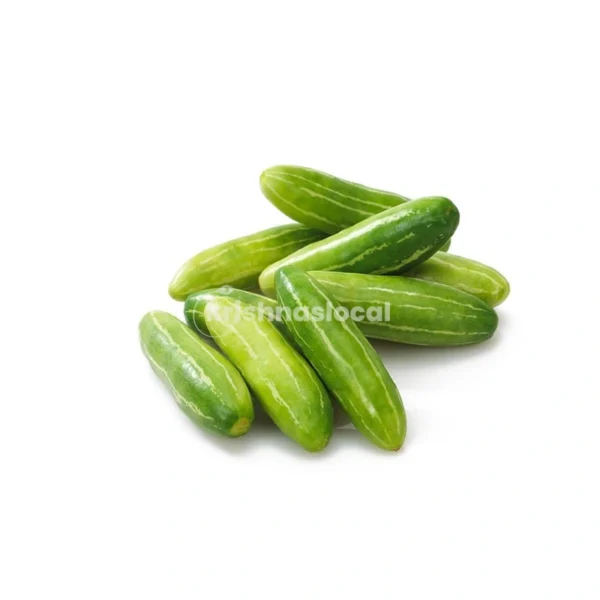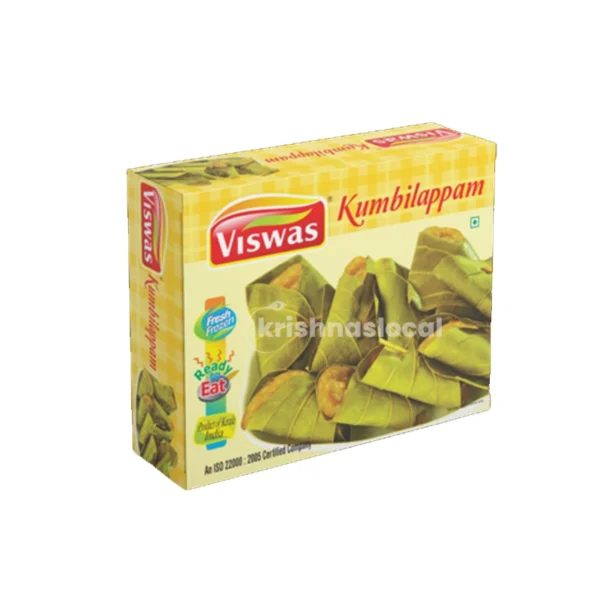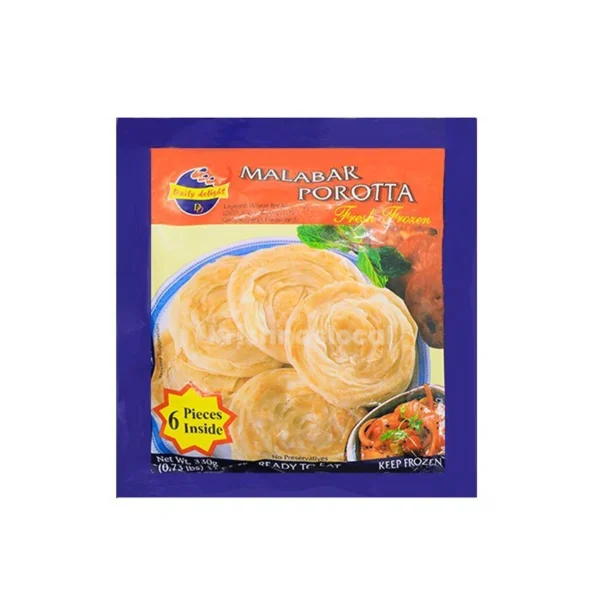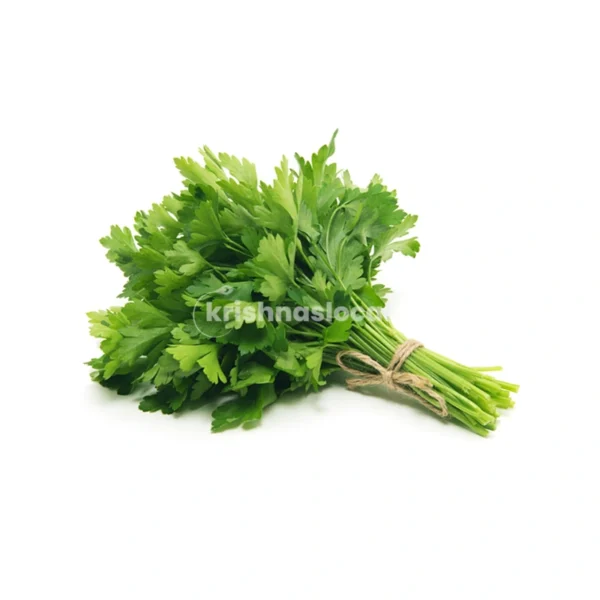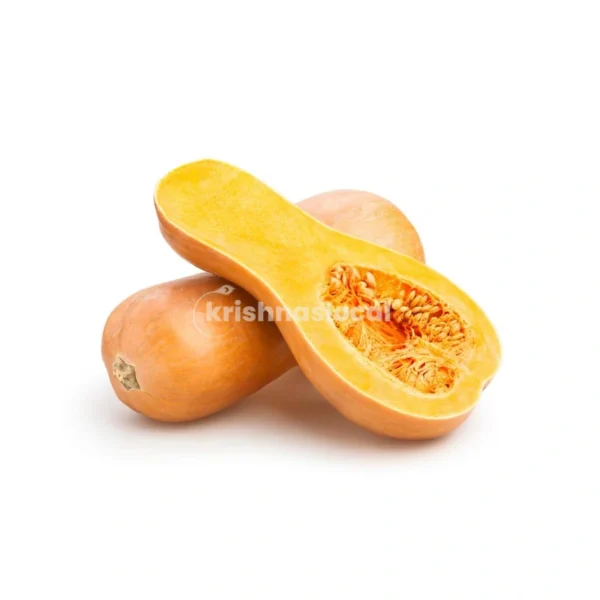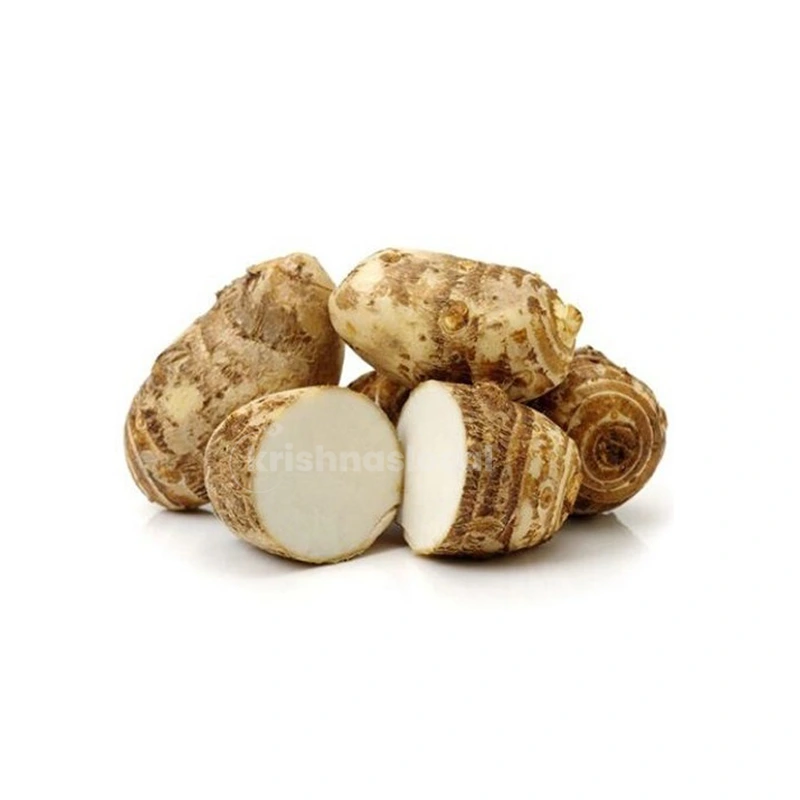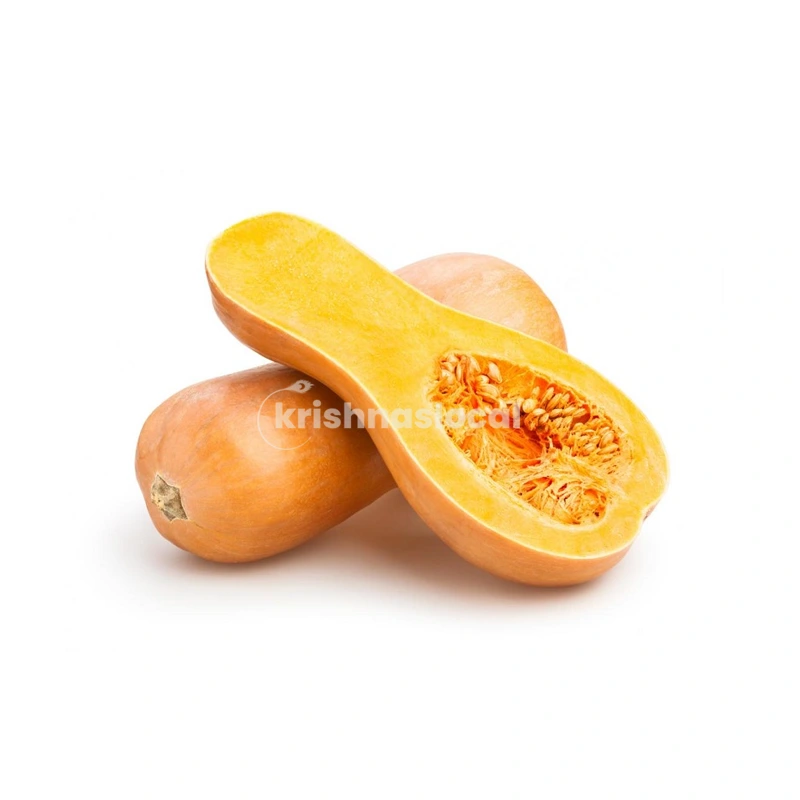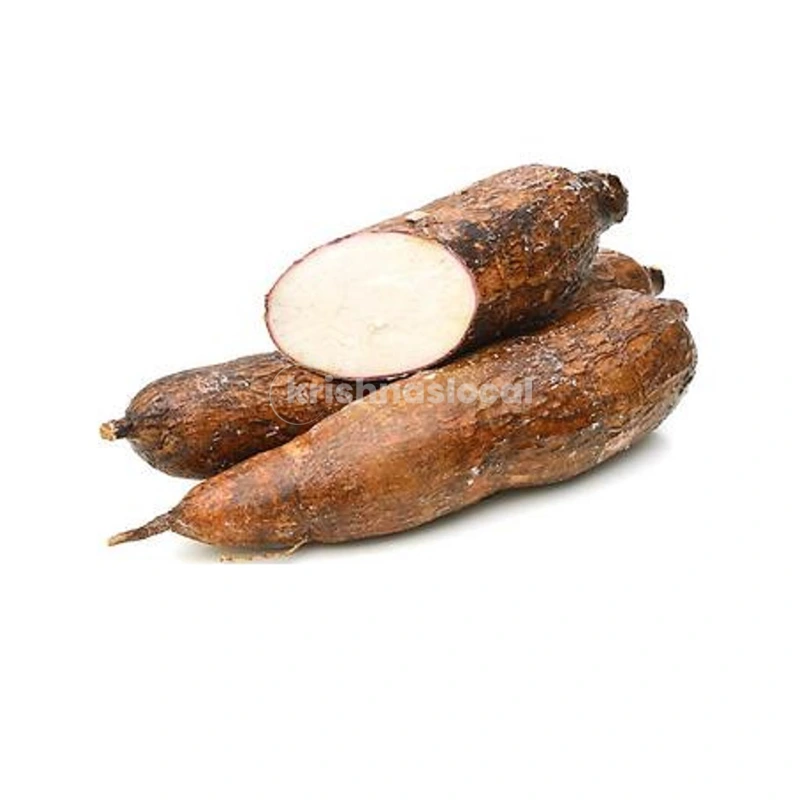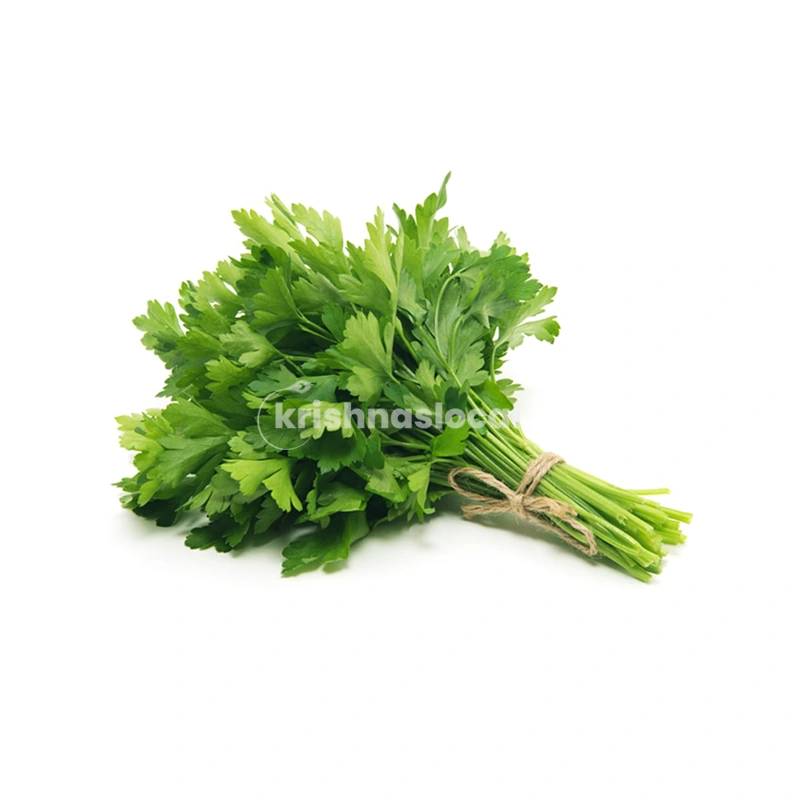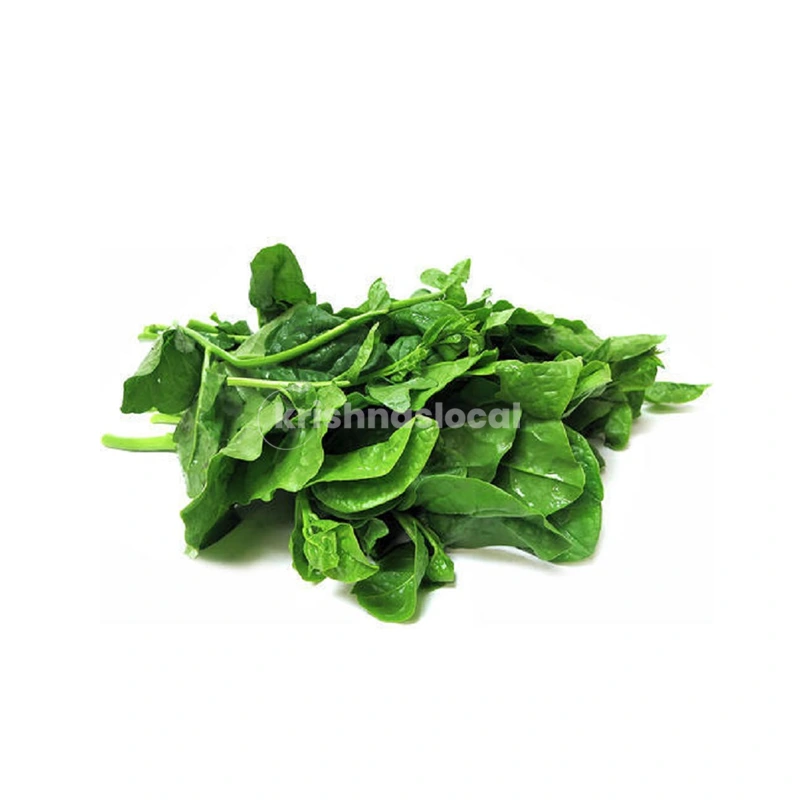Arbi / Arvi 500g
Product Description
Arvee corms widely vary in size from small to large, depending on the specific variety, and have a round, elongated, to irregularly bulbous shape. The skin is rough, firm, ridged, and ranges in color from light to dark brown with patches of fibrous hairs. Underneath the surface, the flesh is dense, crisp, slightly sticky, and white. Arvee must be cooked before consumption as it is toxic when raw and can irritate the throat and mouth. Once cooked, the flesh softens, developing a starchy consistency similar to potatoes, and has a mild, nutty, and sweet flavor.
Arvee, botanically classified as Colocasia esculenta, is a tropical plant that is considered to be one of the oldest vegetables of the Indian subcontinent and belongs to the Araceae family. There are many different varieties generally labeled under Arvee in local markets, and both the corms and the leaves are edible once cooked. Arvee is also known as Indian Taro, Arvi, Arbi, Sivapan-kizhangu, and Colocasia, which is a short form of its botanical name. In India, Arvee corms are primarily used as a filling, starchy element in culinary dishes and are a common substitute for potatoes. The leaves are also a widely used ingredient, cooked in soups, curries, and rice dishes.
Nutrition Facts
For a Serving Size of 100 grams : Calories 110 , Calories from Fat : 0.8(0%)
| % DAILY VALUE* | |||||
|---|---|---|---|---|---|
| Total Fat | 0 g | 0% | |||
| Sodium | 10 mg | 1% | |||
| Carbohydrates | 28 g | 1% | |||
| Fiber | 4 g | 16% | |||
| Sugar | 0 g | ||||
| Protein | 2 g | 0% | |||
| Vitamins | |||||
| Amino Acids | |||||
| Fatty Acids | |||||
| Iron |
* The Percent Daily Values are based on a 2,000 calorie diet, so your values may change depending on your calorie needs.
Applications
Arvee must be cooked as it contains toxic calcium oxalate crystals, which can cause extreme irritation to the throat and mouth if ingested. The crystals will dissipate with cooking and will not affect the consumer after appropriate heating. It is also recommended to wear gloves while handling Arvee raw, as it can sometimes cause minor irritation to the skin and hands. Arvee is popularly roasted, steamed, boiled, and baked. The corms can be sliced and mixed into stews, curries, and soups, pressure cooked with spices as a tender side dish, mashed and fried into fritters or pancakes, or steamed as a filling breakfast item. In northern India and Nepal, Arvee is boiled in salted water and cooked down into a kind of porridge. The corm is also commonly seasoned with ajowan, which is a seed that comes from a parsley-like plant in India. Ajowan is used as a spice and has a taste similar to thyme. In addition to the corm, the leaves of the plant are used as a vegetable and are incorporated into stir-fries, curries, and soups. Arvee pairs well with meats such as lamb, pork, poultry, and fish, coconut milk, turmeric, ginger, coriander, fennel, lentils, rice, tamarind, tomatoes, and onion. The corms should be used immediately for the best flavor and will keep up to one month when stored in a cool, dry, and dark place. The leaves will keep 1-3 days when stored in a dry, ventilated container in the refrigerator.
